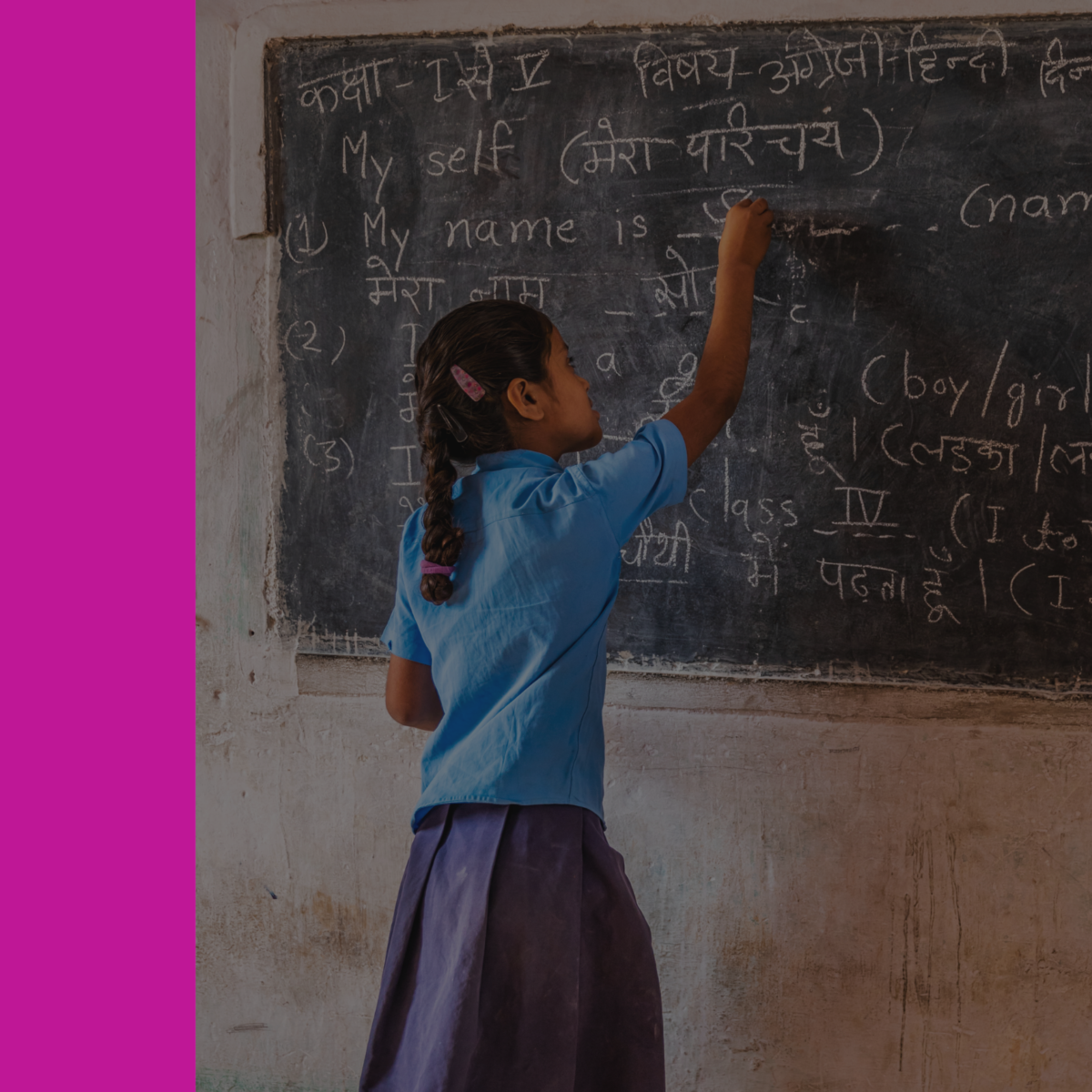
Despite the dismal current trends of women’s education in India, with a 57% dropout rate for high school girls, 99% of Shadhika Scholars remained in college and 100% of Scholars scheduled to graduate in 2021 are on track to obtain their degrees on time.
What Really Goes Into Fighting Gender Injustice?
By Vanita Ganesh, Digital Media Coordinator
June 23, 2022
Reading Time: 4 minutes“I want to send my daughter to college but my family wants me to marry her off soon so she won’t be a burden on the family. I don’t have money to take care of her, so I don’t know what to do. I can’t let her dreams be cut short so soon either,” said Suganda a single mother and vegetable vendor in my locality. Suganda and her daughter’s story is unfortunately all too common, especially since the pandemic.
A U-Report poll by UNICEF conducted in India on International Women’s Day 2022 revealed that approximately 38% of the respondents knew at least one female student who had dropped out of school. This is a far cry from the progress that had been made pre-pandemic, as illustrated by the data released in the All India Survey on Higher Education conducted for the pre-pandemic 2019-2020 years: “The gap between girls and boys in higher education institutes seems to be narrowing as 49% of the students in colleges are now girls. The survey for 2019-20, released in June 2022, showed that during the five-year period from 2015-16 to 2019-20, there has been an 11.4% growth in student enrolment. The rise in female enrolment during the period was 18.2%.”
The COVID-19 pandemic, subsequent school closures, and increased reliance on online classes rolled back any progress made to improve India’s school enrolment rate, especially along gender lines. Additionally,the related financial distress, job losses, and patriarchal mindsets about girls accessing technology made virtual learning nearly inaccessible to many girls during lockdowns. Data from the 2019-2021 National Family Health Survey-5 measured men’s and women’s internet use for the first time and found that “only 1 in 3 women in India (33%) have ever used the internet, compared to more than half (57%) of men.”
The emotional, mental, and financial toll of the lockdowns is still hard to recover from.
The first year of the pandemic and the lockdown orders in 2020 were already hard Shadhika Scholars, the partner organizations, and on Shadhika itself. Any early recovery efforts were dashed when the second wave hit India in the spring of 2021. Most program activities came to a halt for the first five months of the pandemic and were replaced with virtual welfare check-ins and material relief support to participants, including food, soap, and feminine hygiene products.
2021 was a difficult year in so many ways. Yet, Shadhika’s community rose.
The Scholars were the living proof of concept of Shadhika’s core belief in the transformative power of the individual girl. Despite the downward spiral defining the current trends of women’s education in India with dropout rates as high as 57% for high school girls, 99% of Shadhika Scholars remained in college and 100% of Scholars scheduled to graduate in 2021 did obtain their degrees on time. 86% of girls delayed early marriage at a time when 10 million additional girls are at risk of early marriage globally since the pandemic began.
Unfortunately, in 2021 we noticed a decline in both the value of a girl’s education and the freedom of movement of a girl in the communities and the families. The data from the field in 2021 are helping Shadhika formulate strategies for the coming years to fill in gaps arising from the unique challenges posed by today’s world.
The successes mentioned above wouldn’t have been possible without the courage of the Scholars who defied the misperception of others around them. It wouldn’t have been possible without the tireless work of the partner organizations’ frontline workers who have risked their own health to ensure the wellbeing of the girls and their education. It wouldn’t have been possible without the unwavering encouragement of our supporters across the world.
Stay tuned for Shadhika’s Annual Report to read more about the learnings, struggles, and lessons 2021 left us with and what the future is shaping up to be.
Read more